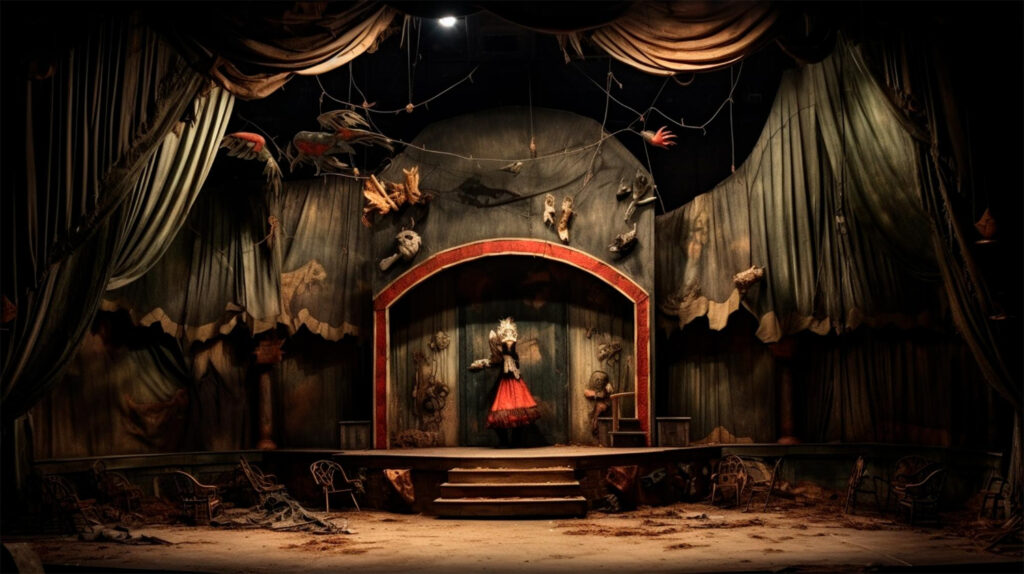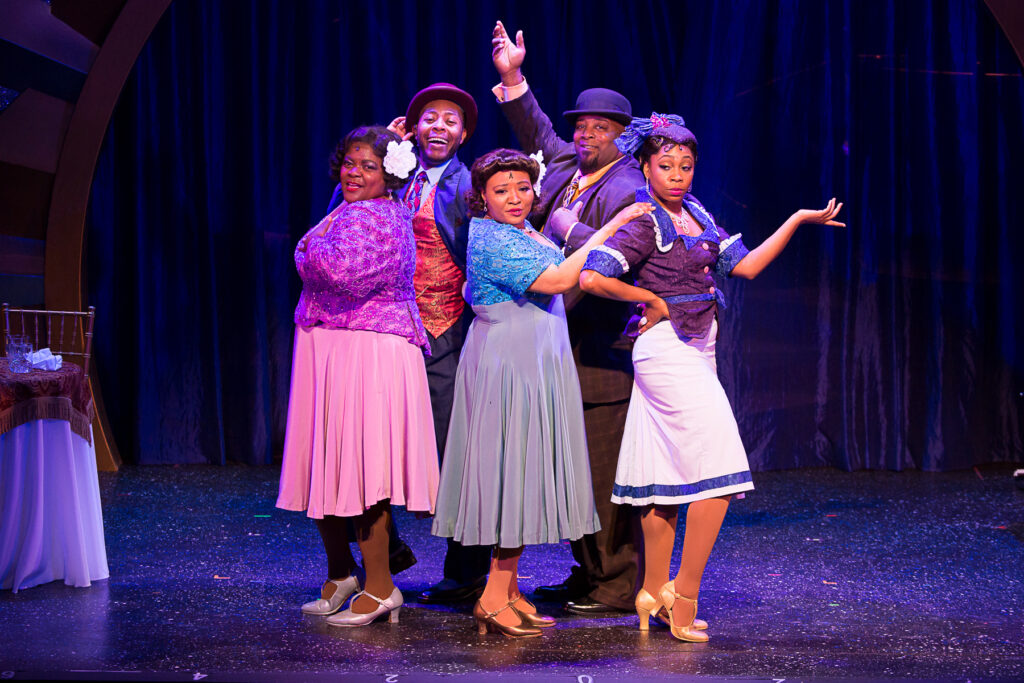
5 Musical Theatre Types Due For a Comeback
In the constantly evolving world of musical theatre, some styles that were once all the rage have faded into the shadows, making way for new, innovative forms. Here, we take a walk down memory lane, revisiting five musical theatre types that have waned in popularity but still hold a special place in theatre history.
1. Vaudeville Shows
Example: “The Ziegfeld Follies”
Ah, Vaudeville! A variety show that dominated American entertainment from the late 1800s to the early 1900s. With a mishmash of acts from comedy sketches to musical performances, Vaudeville was a theatrical smorgasbord. Today, while its influence can still be seen in modern variety shows and talent competitions, traditional vaudeville in its purest form has largely exited the stage.
2. Operettas
Example: Gilbert and Sullivan’s “The Pirates of Penzance”
Before the rise of contemporary musical theatre, the operetta was king. Lighter than opera but with a similar structure, operettas combined music, spoken dialogue, and dance. They were the go-to form for witty, romantic tales in the late 19th and early 20th century. While a few remain popular today (thanks to school and community theatre productions), they’ve largely been overshadowed by modern musicals.
3. Revue Shows
Example: “Follies” by Stephen Sondheim
Revue shows are a series of unrelated songs, dances, and sketches, often tied together by a theme or a common performer. Popular in the early to mid-20th century, they showcased musical numbers without a unifying plot. Think of them as musical mixtapes brought to life on stage! While still occasionally produced, they’re far from the blockbuster musical narratives we’re used to seeing today.
4. Book Musicals with Rhymed Dialogue
Example: “The Boys from Syracuse” by Rodgers and Hart
There was a brief trend, particularly in the 1930s, where the dialogue in musicals was rhymed. While it added a poetic flair, it sometimes came at the expense of naturalism. Modern audiences tend to prefer more realistic spoken dialogue, so this stylized form has become rarer over the years.
5. Extravagant Mega Musicals of the ’80s
Example: “Starlight Express” by Andrew Lloyd Webber
Ah, the 1980s – a time of grandeur and excess in more ways than one. This era saw the rise of mega musicals: large-scale productions characterized by their lavish sets, high-tech effects, and often a turntable stage. These shows were more about the spectacle than the story, aiming to wow audiences with their visual and auditory extravagance. While some have stood the test of time (think “Les Misérables” and “The Phantom of the Opera”), the truly over-the-top ones have become less common, making way for more intimate or narrative-driven pieces in modern theatre.
While these styles may not be as popular as they once were, they’ve all left indelible marks on the world of musical theatre. After all, art is never truly static, and the ebb and flow of trends only adds richness to this vibrant tapestry. Who knows? Maybe some of these “out-of-fashion” types will make a comeback in a future theatrical renaissance. In the world of theatre, the curtain never really falls; it merely waits for the next act.






